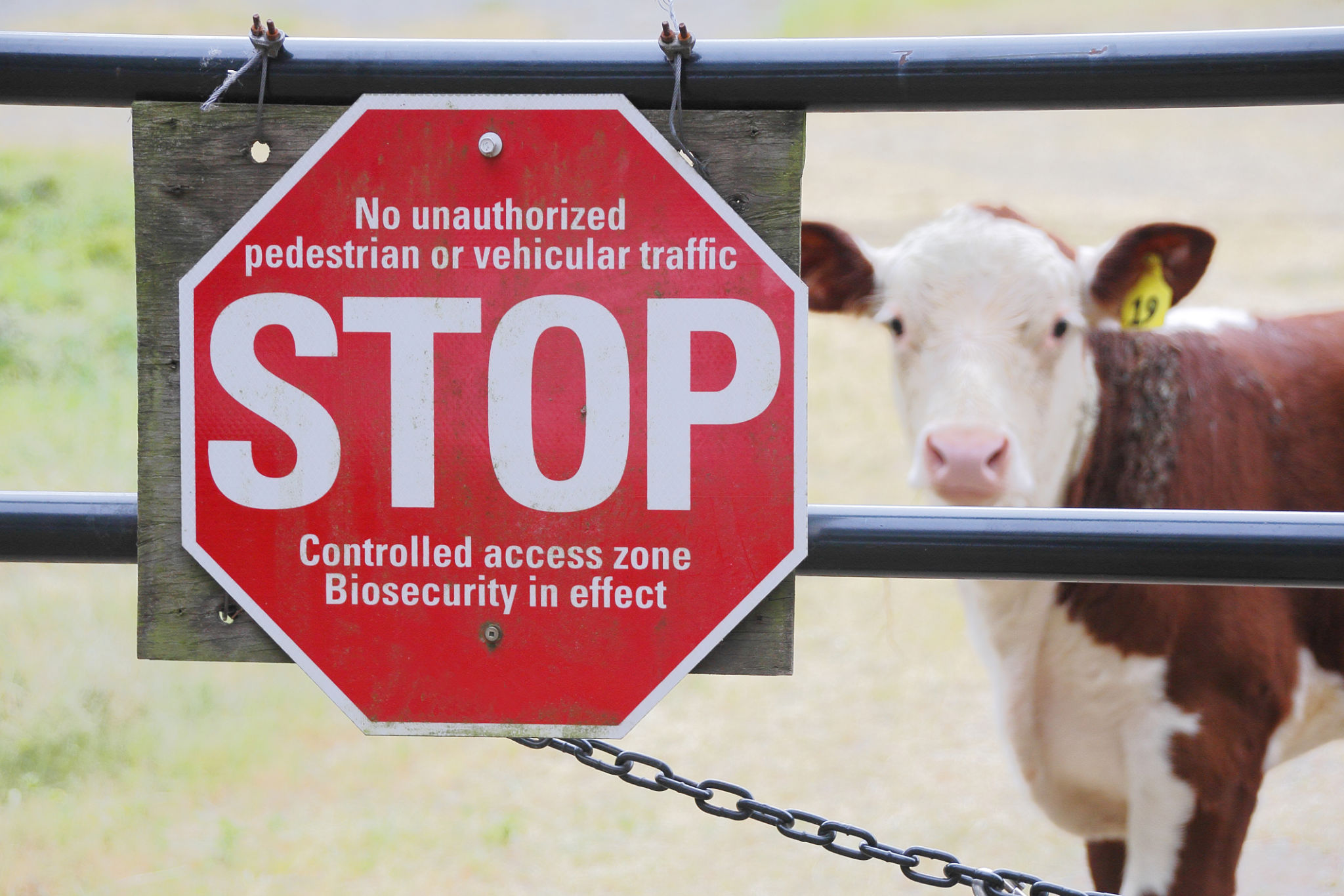Local Insights: Navigating Biosecurity Regulations in Queensland
Understanding Biosecurity in Queensland
Biosecurity is a critical aspect of maintaining the health and safety of Queensland's unique ecosystems, agriculture, and communities. The region is home to a diverse array of flora and fauna, making it imperative to protect against invasive species, pests, and diseases. Navigating the biosecurity regulations in Queensland can seem daunting, but understanding the basics can help individuals and businesses comply with the rules and contribute to the protection of the environment.

The Framework of Biosecurity Regulations
The biosecurity framework in Queensland operates under the Biosecurity Act 2014. This legislation provides a comprehensive approach to managing biosecurity risks by identifying, assessing, and responding to potential threats. The act outlines the responsibilities for all individuals and businesses within the state to manage biosecurity risks associated with their activities. Compliance with these regulations is not only mandatory but essential for safeguarding the region’s biodiversity.
One of the key components of the Biosecurity Act is the general biosecurity obligation (GBO), which requires everyone to be proactive in managing biosecurity risks. Whether you are a farmer, a traveler, or a business operator, understanding how your actions can affect biosecurity is crucial. Adhering to these guidelines not only helps in avoiding penalties but also plays a significant role in preventing the spread of harmful pests and diseases.
Key Areas of Focus
Queensland's biosecurity regulations cover several key areas, including plant health, animal health, invasive species management, and environmental protection. Each area has specific guidelines and requirements that need to be followed to minimize risks. For instance, control measures for invasive plants and animals often involve eradication programs and strict import controls.

For those involved in agriculture, staying informed about plant and animal health requirements is essential. This includes regular monitoring for symptoms of diseases and pests, reporting any unusual findings to authorities, and implementing recommended control strategies. By doing so, farmers can protect their livelihoods while contributing to state-wide biosecurity efforts.
Biosecurity in Practice
Implementing biosecurity measures can vary depending on the industry or activity. For example, travelers must ensure they don’t bring prohibited items into Queensland that could pose a risk. This includes certain plants, fruits, animal products, and soil. Businesses dealing with imported goods must adhere to stringent inspection and certification processes to prevent contamination.

In agriculture, practical biosecurity measures might include installing physical barriers such as fences to keep out wildlife, using disinfectant stations for equipment, and ensuring that any new livestock or plants are free from disease before introduction to the property. Education and training play an essential role in equipping people with the knowledge needed to effectively manage biosecurity risks.
Engaging with Local Authorities
Working closely with local authorities can aid in understanding and implementing biosecurity regulations effectively. The Queensland Government provides resources and support for individuals and businesses seeking guidance on compliance. Regular updates and alerts about emerging threats are also shared, ensuring that stakeholders remain informed about new developments.
Engagement with local biosecurity officers can provide valuable insights into best practices tailored to specific industries or regions. These officers can assist with risk assessments, suggest risk mitigation strategies, and offer training sessions to enhance awareness and preparedness among stakeholders.
Conclusion
Adhering to biosecurity regulations in Queensland is vital for preserving the state’s ecological integrity and agricultural viability. By understanding the framework and actively participating in biosecurity measures, individuals and businesses can significantly contribute to a safer and healthier environment. Staying informed, proactive, and engaged with local authorities not only ensures compliance but also fosters a collective effort towards sustainable environmental stewardship.